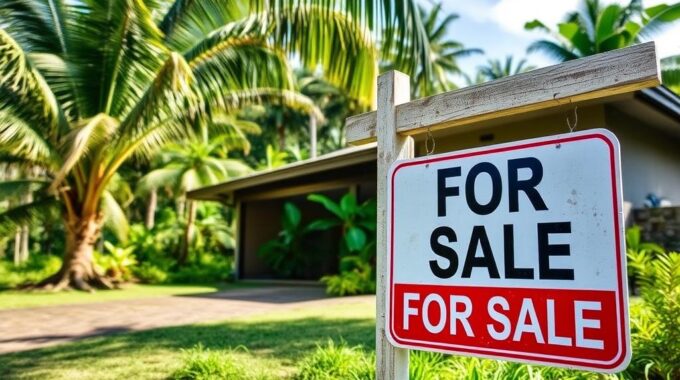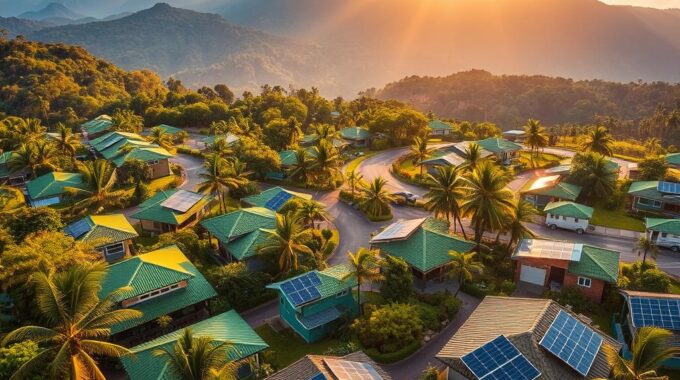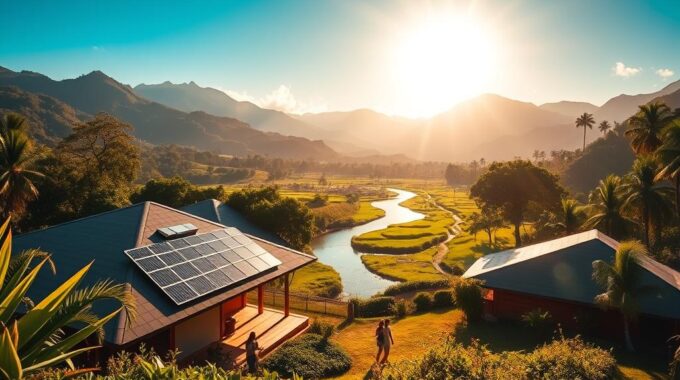"Secure urgent hard money loans for real estate Costa Rica using your property as collateral. We connect you with private investors and lenders."
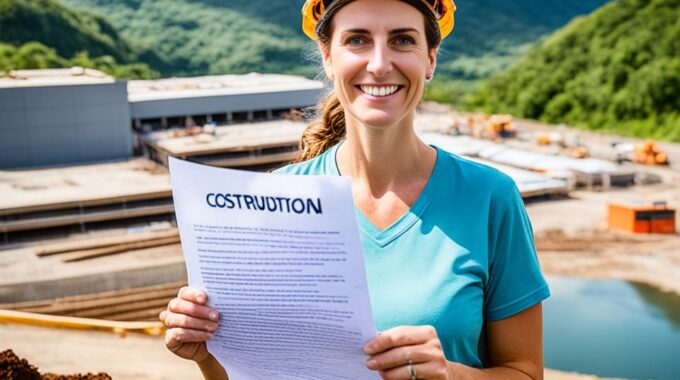
How To Get a Water Letter before you start Construction In Costa Rica
Starting your building project in beautiful Costa Rica means you have to get a water letter. Known as “Carta de Agua,” this document shows there’s enough safe water where you’re building. It’s a must-have to get building permits in Costa Rica.
All over Costa Rica, the national ASADA or AyA provide water to properties. These groups handle the country’s water. Yet, places like the Guanacaste area can lack water, especially in dry months. This can mean rules on water use.
Key Takeaways
- All properties in Costa Rica are supplied with water by the national ASADA or AyA authorities.
- Water consumption can be restricted during droughts, especially in regions like Guanacaste.
- A “Carta de Agua” or water letter is a certification from AyA or ASADA that confirms the existence of drinkable water resources on a property.
- The water letter is a necessary document to obtain construction permits in Costa Rica.
- The water letter is typically valid for 6 to 12 months and may need to be renewed.
Understanding the Importance of a Water Letter in Costa Rica
Costa Rica entrusts its water to two main bodies, AyA and ASADA. Despite a climate that seems perfect for water, the country can face shortages. This is seen a lot in Guanacaste, prompting limits on water use.
National Water Authorities: AyA and ASADA
AyA and ASADA work to make sure Costa Rica has a steady supply of clean water. They look after the systems that bring water to homes. Their job is to ensure everyone has clean water to drink.
Why a Water Letter is Necessary for Construction Permits
Getting a construction permit in Costa Rica means you need a “Carta de Agua.” This water letter proves there’s enough water for your project. It’s key for showing you follow rules about water and the environment. Also, it helps in getting approvals for projects that focus on eco-tourism and sustainable travel.
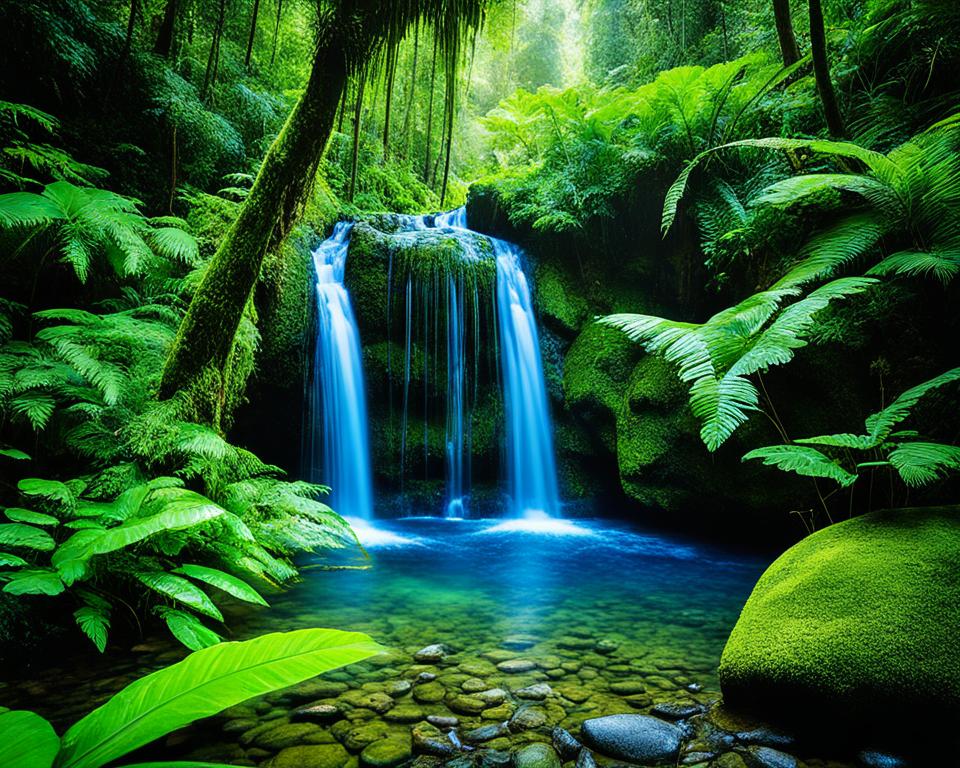
water-letter-costa-rica: The Key to Building in Costa Rica
When you buy land in Costa Rica, make sure it has access to important services like water. You need a water letter, or “Carta de Agua,” to get building permits. This document proves there’s drinkable water where you plan to build.
Obtaining a Water Letter from AyA or ASADA
All properties in Costa Rica get water from ASADA or AyA, the national water suppliers. You must ask for a water letter to show there’s drinkable water on your property. You apply to AyA or your local ASADA and provide some documents.
Validity Period and Renewal Process
The water letter is valid for 6 to 12 months. You must start building within this time to avoid issues. In some places like Guanacaste, renewing the letter might be tough because of water shortages. If it expires, your building plans could be delayed.
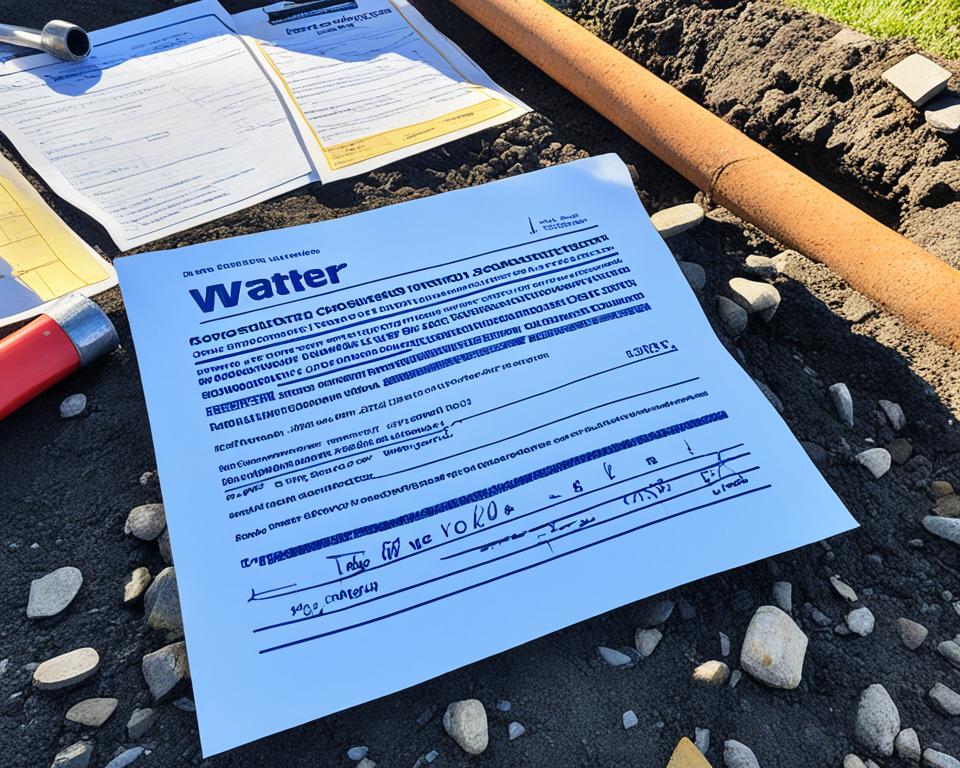
Gated Communities and Water Concessions
In the past, gated communities in Costa Rica had their water systems. This made it easy for residents to use shared water without a water letter. However, a new law in 2014 meant everyone, even in gated communities, needed a water letter for construction projects. Trying to attach to the local water authorities has proven to be a tough and slow process.
Changes in Regulations for Gated Communities
Since September 1, 2014, a new law in Costa Rica means you need a water letter to build, even in gated communities with their water systems. This change makes it hard for anyone wanting to build in these areas.
Connecting to Community Water Systems
Some gated communities have tried to link their systems to local authorities. This is to help residents get the water letters they need. But, the process is not easy, leading to construction delays.
Challenges in Obtaining Water Letters for Gated Communities
Getting a water letter for properties in gated communities is tough now. The new rules have especially made it harder to get the green light for building, even with existing water systems.
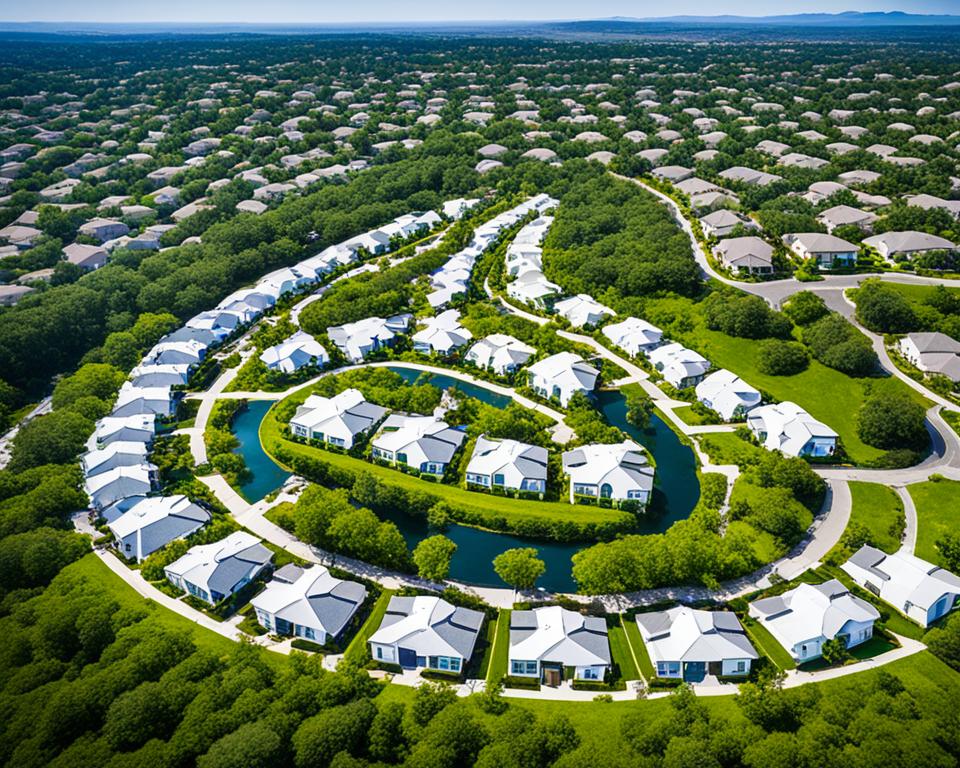
Alternative Methods for Obtaining a Water Concession
If a property lacks a water letter from AyA or ASADA, there’s still hope to get a water concession. One way is to tap into a natural water source. This could be a spring, stream, or river on the property. But, getting the necessary permits for this can be tricky. It might take 1-2 years to complete all the paperwork.
Utilizing Natural Water Sources
Building a hand-dug well could be another path. It must not go deeper than 21 meters. Also, it should be at least 15 meters away from any other wells or buildings. The process to build one is easier and quicker. However, officials in Guanacaste province often say no to these plans. This can make things hard for those in need of water there.
Hand-dug Wells as an Option
Creating a hand-dug well might seem like a solid option. But, it comes with strict rules. The well can’t be deeper than 21 meters. It also can’t be too close to other water sources or buildings. This method is faster and easier. Yet, it’s best for just one place.
Challenges in Guanacaste Province
In Guanacaste province, known for its short water supply, common methods often don’t work. These methods include using natural water sources or collecting rainwater. So, owning a property there can be tough. Finding enough water for your needs is a big challenge.
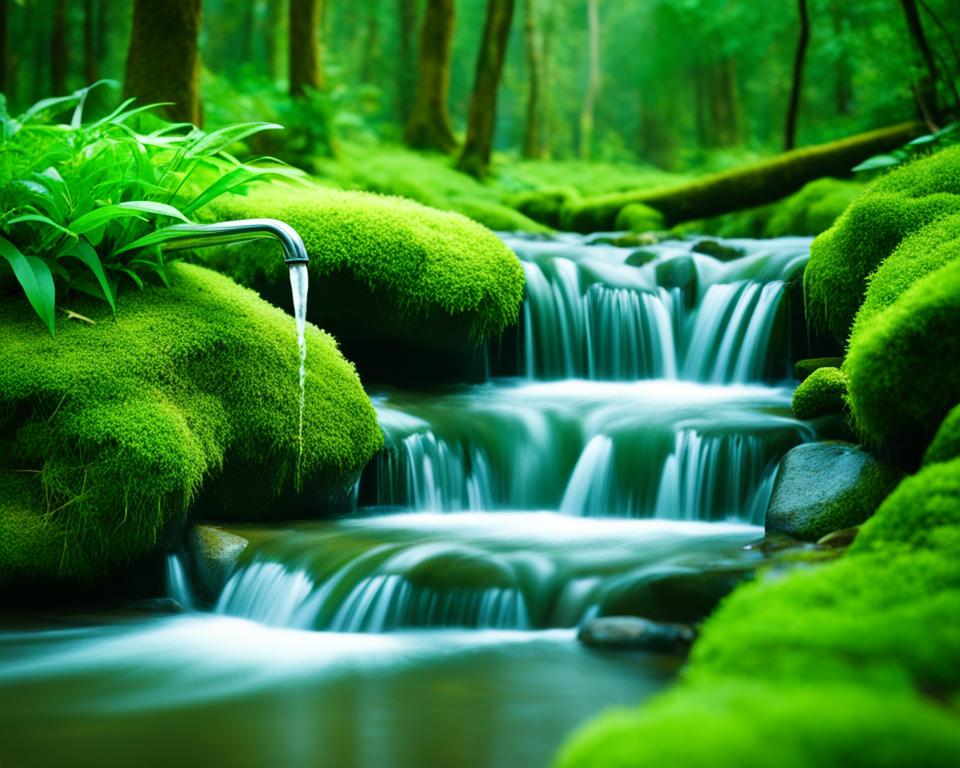
Conclusion
Getting a water letter in Costa Rica is key if you want to build there. This letter proves the property has access to clean drinking water. It’s needed to get building permits.
When buying property, it’s crucial to check the water letter’s status. It’s usually valid for 6-12 months and may not be renewable. Properties in places like Guanacaste, where water is scarce, can find it harder to get this letter.
There are other ways to go about water access. For instance, using natural sources or digging your own well. But, these alternatives can be slow to approve or could be rejected. So, doing your homework is a must to work through the water letter process.
Our team at Gap Equity Loans is here to help. We guide our clients in understanding and securing water letters and building permits. With our local knowledge, we aim to make the process smooth and successful for you.
FAQ
What are the national water authorities in Costa Rica that supply water to properties?
In Costa Rica, two groups handle water. There’s the AyA. And also the ASADA, working in different areas. They get water to everyone’s properties. This is through the water system of Costa Rica.
Why is a water letter, or “Carta de Agua,” necessary for obtaining construction permits in Costa Rica?
You need a water letter to show there’s drinkable water on your land. This proof is from AyA or ASADA. It’s required for building things in Costa Rica.
What is the validity period of a water letter, and can it be renewed?
Normally, the water letter is good for 6 to 12 months. But, not always can you renew it. If you wait too long, this could slow down starting your building.
How have the regulations for water access in gated communities in Costa Rica changed?
As of 2014, every construction job needs a water letter. This includes projects in gated communities. Some places in Costa Rica have tried to link their water to the main systems. This is for being able to get water letters. However, this is hard and takes a long time.
What are the alternative methods for obtaining a water concession if a property does not have access to a water letter from AyA or ASADA?
You could turn to nature, like a spring, stream, or a river. If it’s on your land, you might register it. You must also get special permission for using this water.Another path is to make a well by hand. It can’t be deeper than 21 meters. And must be far from others.
Are there any challenges in obtaining alternative water concessions, particularly in the Guanacaste province?
In places like Guanacaste, getting these special water rights is tough. This is due to the limited water there. So, using nature or digging a well might not work out in these areas.
Source Links
- https://www.gapequityloans.com/en/water-letter-costa-rica/
- https://www.gaprealestate.com/water-letter-construction-requirement-costa-rica/
- https://www.remax-oceansurf-cr.com/water-letter-when-buying-a-lot
- https://www.gapequityloans.com/en/water-letters-in-costa-rica/
- https://flamingobeachrealty.com/land-in-costa-rica/
- https://www.happierthanabillionaire.com/category/the-costa-rica-escape-manual/
- https://costazenrealty.com/gallery-post-format/
- https://www.gapequityloans.com/en/costa-rica-home-equity-loans/
- https://www.happierthanabillionaire.com/2021/03/29/we-have-a-water-letter-now-what-to-build-hold-or-sell-in-costa-rica/
- https://www.gapequityloans.com/en/equity-loans-faq/
- https://gapinvestments.com/en/secure-loans-in-costa-rica/
- https://osatropicalproperties.com/blog/how-to-get-a-water-concession-in-costa-rica
- https://www.gapequityloans.com/en/costa-rica-home-equity-loans-guide/
- https://www.gapequityloans.com/en/loan-application-costa-rica/
Article by Glenn Tellier (Founder of CRIE and Grupo Gap)

